The Cheetah vs The Wolf

If you are reading this, then the title successfully sparked your interest. I didn't want to be misleading, but, we won't be talking about animals in this post.
We will, instead, be looking at physiological differences between long distance runners and sprinters. Thankfully, various scientific tests have provided us with enough information to answer the following questions:
What makes a long-distance runner capable of endurance feats, like marathons?
Why are sprinters more powerful, but less enduring?
On the surface, it is important to note that people are either born a 'cheetah' or born 'wolves.' Some are even a hybrid of the two, but, that's a discussion for another day.

The human body is, however, a highly adaptive machine. Each of us may be genetically predisposed to function a specific way, but, through lifestyle choices (in this case exercise selection), we can force our genetics to express themselves differently.
For example, you can take a naturally powerful person, born for speed, and make him/her train long and slow. The athlete will adapt to that training, by building the internal mechanisms which suite that type of exercise.
Unfortunately, this type of athlete could never become a world-class marathon runner, because their genetic potential would not allow for it, despite the training.
That's why the trick to sporting excellence, is, finding out, from young, what you are naturally good at, then, maximize the genetic potential through grit.
Okay, let's get into the Science now.
It is common knowledge that the body requires a constant supply of oxygen to sustain long bouts of exercise. The term used to describe this 'skill' is aerobic capacity.
Fortunately, through a VO2max test, we can measure the aerobic capacity.
VO2max is defined as the maximum amount of oxygen that the body can uptake, per minute.
I explained this test, in detail, in a previous post.
There is a ton of research which has found higher VO2max scores in endurance athletes compared to sprinters, (Ghosh, 2004). Let us look at some of the possible reasons which can explain these findings.
The ability to get the maximum amount of oxygen into the body is a multifactorial formula. Exploring all the possibilities is not within the scope of this discussion, but, we will hone in on a few of them.
Why Endurance Athletes are Aerobic Machines:
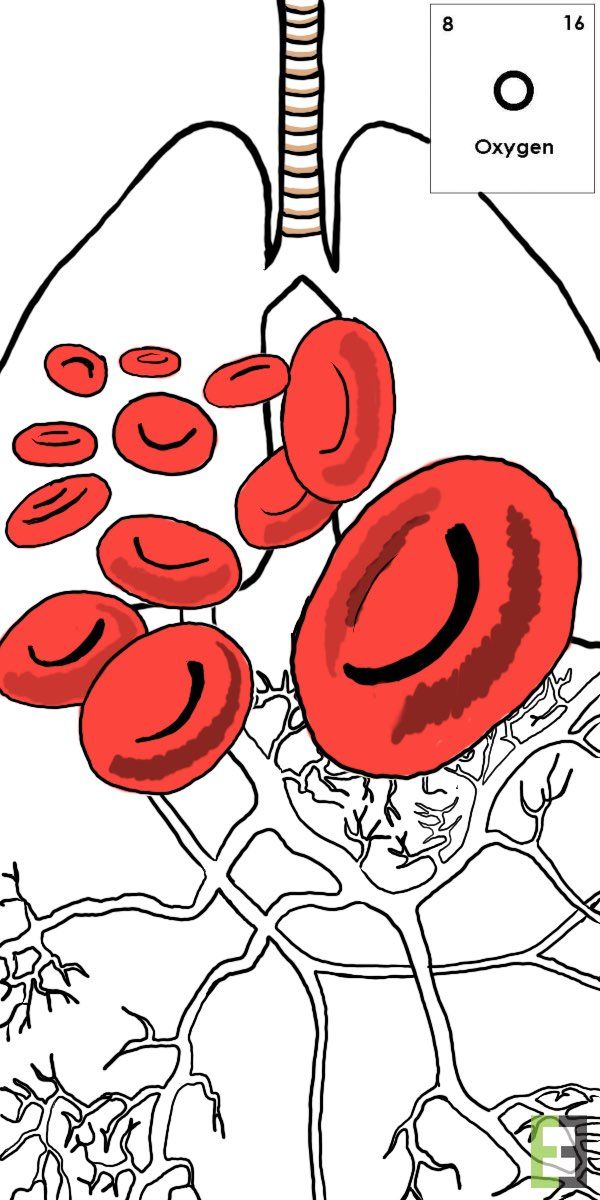
The training, done by endurance athletes, is mostly aerobic. This type of exercise improves vasodilation and stimulates capillary growth in the muscles which allow for enhanced oxygen flow to them, (Tomlin and Wenger, 2001).
Aerobic exercise also stimulates the red blood cell count to increase as well as cardiac output, (Tomlin and Wenger, 2001). The combination of all these adaptations improves an endurance athletes ability to uptake oxygen and resist lactic acid build up.
A VO2max score is not, however, the all-encompassing, definitive predictor that one athlete will be more enduring than another.
The anaerobic threshold value was, in fact, found to be the most reliable predictor of endurance running performance, with a correlation coefficient of 0.98, (Ghosh, 2004).
Many scientists consider the duration that athletes can hold, their Maximum Lactate Steady State (MLSS), at various workloads, as a superior predictor of performance to VO2max.
Ventilatory thresholds (VT) and MLSS explained:
(Refer also to graph on the right)
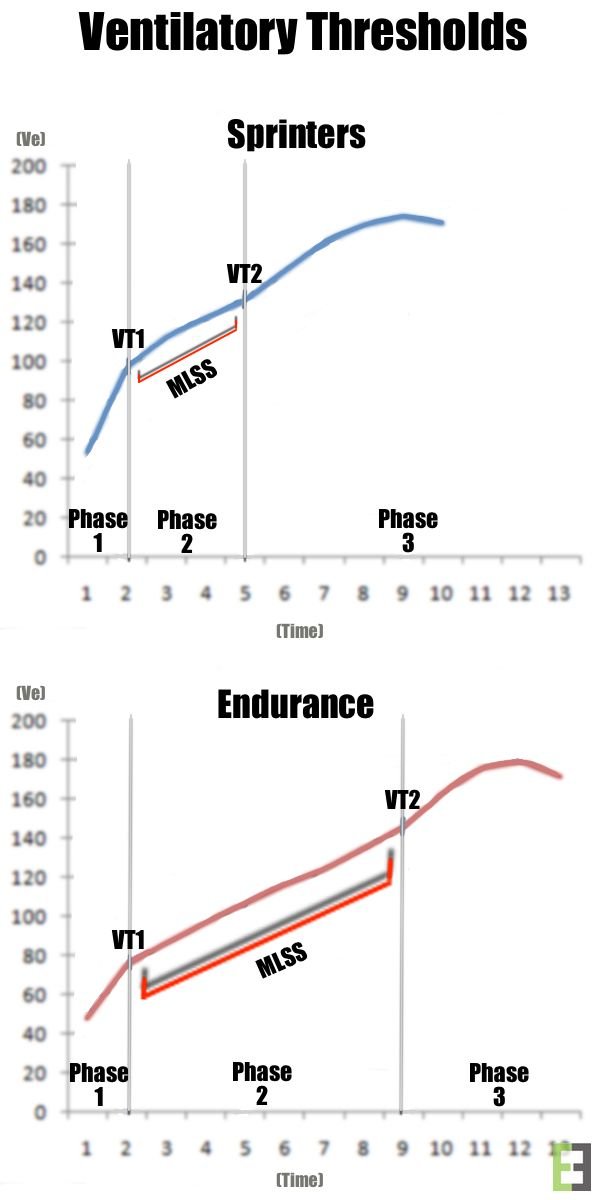
At low exercise intensity, the muscles demand little oxygen and energy. We call this phase one
As exercise intensity goes up, and the metabolic demands increase, the muscles start releasing lactic acid, which prompts the breathing rate to increase to remove it. And here we see the corresponding shift in linearity on the graph. We call this phase two
If the exercise intensity continues to rise, there will come the point where the body cannot remove lactate as fast as it’s being released. This build-up, causes the minute ventilation (O2 passing through the lungs/minute) to increase again. And of course, we can clearly see the second shift in linearity. We call this phase 3
The points at which these changes happen are significant. The first one is called the Aerobic Threshold (VT1), and the second is called the Anaerobic Threshold (VT2).
The time between VT1 and VT2 is known as the MLSS, where lactate is cleared at a similar rate as it is produced. Highly trained, endurance athletes are able to maintain a MLSS for longer than sprinters.
Depending on the sport that you are participating in, knowing at which phase your body is in during training can be very helpful.
Why Ventilatory Thresholds (VT) are excellent predictors of performance:
One of the possible reasons that the VTs are superior predictors of long-distance running performance is because it takes Running Economy (RE) into account.
Running Economy (RE) explained:
If, for example, you take two athletes with the same VO2max, the one with a less efficient RE will break Ventilatory Thresholds before the other athlete.
The more efficient athlete, of the two, would also be more likely to perform better in a race.
The energy expenditure, at a particular speed, calculates RE.
The factors which might influence RE are anthropometric measurements, biomechanics (technique), muscle fiber type and connective tissue strength, (Guglielmo, Greco, and Denadai, 2005).
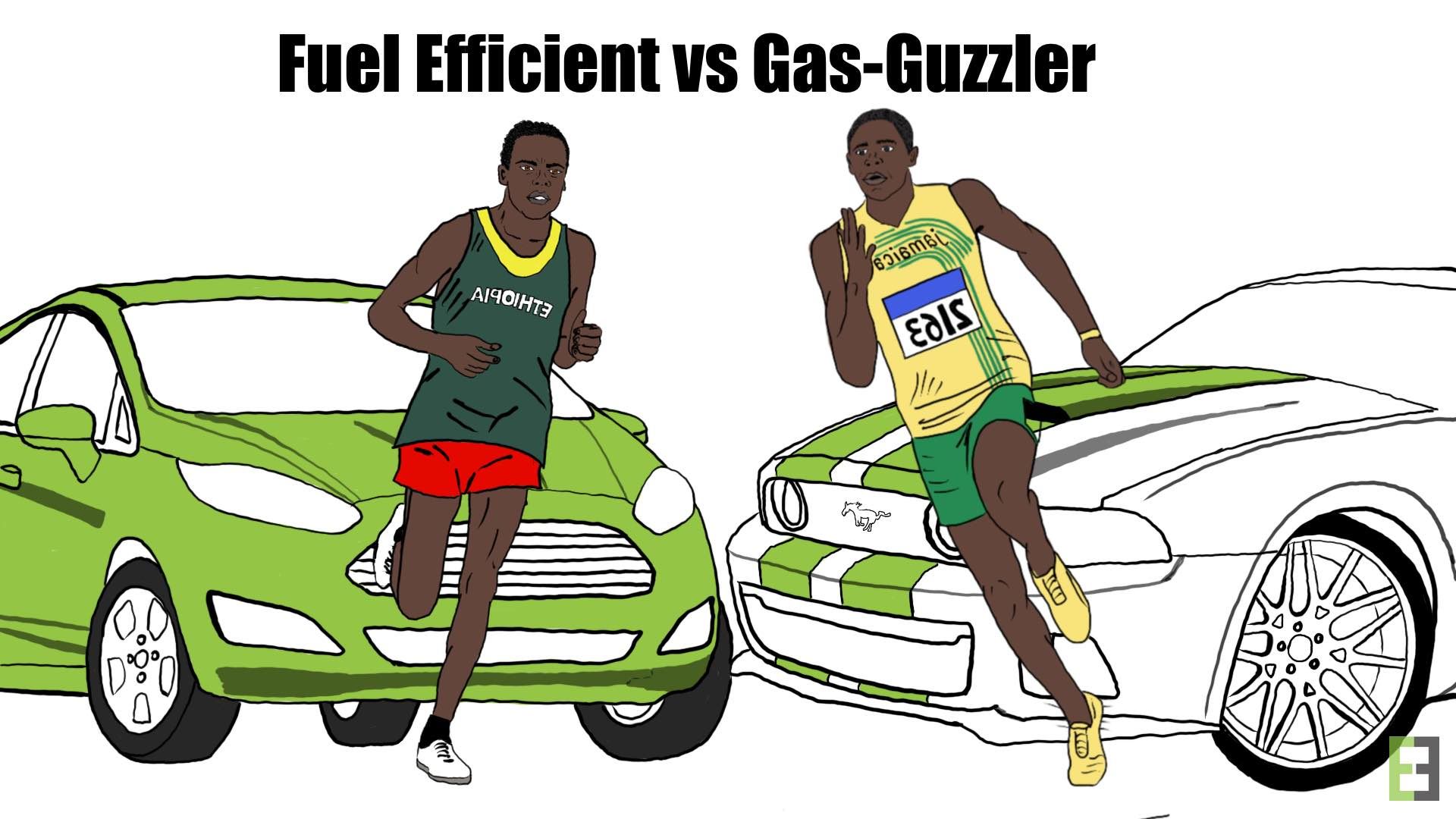
Why Endurance Athletes have a higher VT2:
Let’s break down these various factors, to try and explain why endurance athletes have substantially higher anaerobic thresholds (VT2) compared to sprinters, (Tomlin and Wenger, 2001).
The ability to sustain exercise and recover from it depends on the efficiency in buffering and metabolizing lactate, (Tomlin and Wenger, 2001).
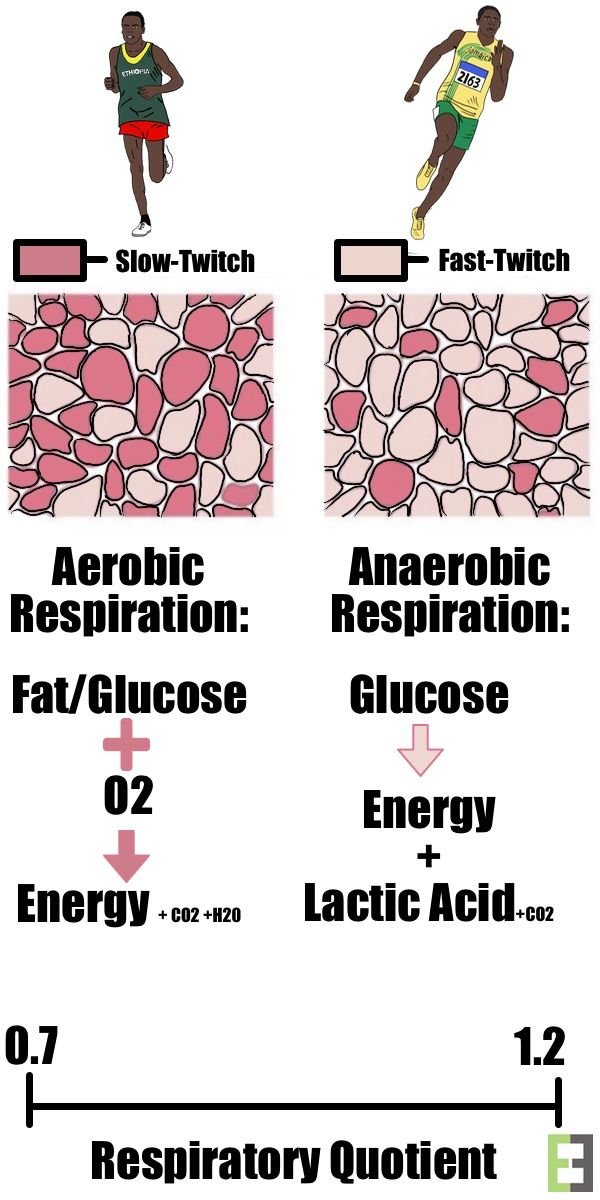 ^^These are simplified equations
^^These are simplified equationsLactate oxidation occurs within the slow twitch fibers of the skeletal muscle. Endurance athletes have a higher ratio of slow-twitch, type I muscle fibers than sprinters.
The difference in fiber types also gives endurance athletes an increased ability to oxidize fat in their mitochondria, (Ghosh, 2004). This metabolic flexibility allows for less reliance on the anaerobic energy pathway during sub-maximum intensity exercise, and subsequently less lactate buildup.
Maintaining a lower Respiratory Quotient (RQ) could explain, in part, the differences in VT2 between sprinters and endurance athletes.
(A lower RQ shows a bias towards using fat as a primary fuel source, instead of carbohydrate)
Power athletes, such as sprinters, have superior peak power to endurance athletes, due to their higher Type II (fast twitch) fiber ratio. The latter group, can, however, hold 60% of max power output for a significantly more extended period to the former, (Tomlin and Wenger, 2001).
The difference in fiber types, between sprinters and endurance athletes, also impact their body mass. Sprinters have higher muscle mass than endurance athletes.
The bioenergetic nature of muscle, specifically type II, requires more energy to perform the same amount of work, (Guglielmo, Greco, and Denadai, 2005).
This increase in energy cost would increase lactate production in sprinters, compared to endurance athletes.
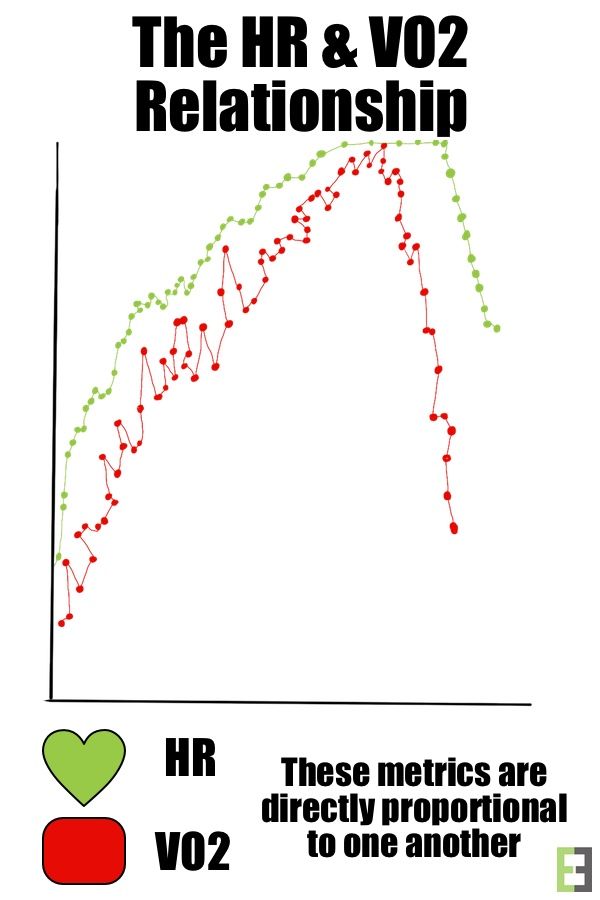
The final biomarker, to mention, is Heart Rate (HR). VO2 and HR share a linear relationship with one another. They both move up at a similar pace, (Lounana et al., 2007).
Sometimes, higher HRmax scores are found in the endurance groups during VO2max testing. This increased HR may be due to their familiarity in ‘pushing’ themselves, aerobically, during training.
Sprinters are, however, more accustomed to short, powerful, bursts of power, followed by rest. The power athlete’s heart rate doesn’t have a chance to reach high levels very often.
Overall, the structural build and biochemistry of aerobically trained athletes give them superior endurance over the more powerful sprinters.
These facts, don't, however, make endurance athletes superior to sprinters, in the general sense. The data merely shows, that, through genetics and specific training, an athlete can adapt their physiology to a specialized sport.
Follow @exercisinghealth
Bibliography:
Ghosh, A. (2004). Anaerobic Threshold: Its concept and role in endurance sport. Malaysian Journal of medical science, 11(1), pp.24-36.
Guglielmo, L., Greco, C. and Denadai, B. (2005). Relationship of maximal aerobic power and muscular strength with the running economy in endurance athletes. Rev Bras Med Esporte, 11(1), pp.57-59.
Lounana, J., Campion, F., Noakes, T. and Medelli, J. (2007). Relationship between %HRmax, %HR Reserve, %VO2max, and %VO2 Reserve in elite Cyclists. The American College of Sports Medicine, 39(2), pp.350-357.
Marcos, M., Koulla, P. and Anthos, Z. (2017). Pre-season maximal aerobic power in professional soccer players among different divisions. Journal of Strength and Conditioning Research, p.1.
Tomlin, D. and Wenger, H. (2001). The Relationship Between Aerobic Fitness and Recovery from High Intensity Intermittent Exercise. Sports Medicine, 31(1), pp. 1-11.
*All images were created by @exercisinghealth
Being A SteemStem Member
Would you say one or the other is better for heart health? You kinda imply later that neither is better, but that was a general statement, and I wanted to ask specifically. Cos traditionally we were told that endurance sports are better for heart health, but I don't know whether that's now true. A bodybuilder builds muscle that the heart must constantly feed, blood vessels get generated to increase blood supply to them etc. So it would seem that the bodybuilder builds a good heart too, because his heart works at a slightly higher rate throughout the day because of increased muscle mass, even though it might not reach the high peaks of the endurance athlete.
This post was not about cardiovascular health, but, rather, the reasons why endurance athletes are good at high volume exercise and why power athletes are better at lower volume sprints.
Any exercise regime, however, is better for the heart health than a sedentary lifestyle. I'm a firm believer in being physically active on a daily basis. How you structure that exercise should be based on your personal goals and objectives.
Research has found, that, cardio training, which elevates the heart rate to a high percentage of the max for an extended time frame is the best for cardiovascular health.
There is also some research which suggest that long duration anaerobic training which induces very rapid lactate production, may also improve cardiovascular health. The mechanism, which is hypothesized to be so beneficial, is the metabolism of lactate, post workout. The process of breaking down lactic acid is actually aerobic, similar to the metabolism of endurance training. This type of protocol may actually kill two birds with one stone. The trouble is that it is very taxing on the body if done too frequently.
The latter method falls under the name, High-intensity training.
Well you're the man to know how research on all this is still in its infancy, which is sad and odd, it means we kinda know less about our bodies than we know about the stars.
I always like to think about how our ancestors used to live. People used to recommend running every morning, and now they say that's either pretty much useless or even bad for you (for your knees for instance). I knew that was the case beforehand because running didn't make sense from an evolutionary perspective. People walk. They might even walk for long distances. Very long, sometimes. But they don't run unless it's for short bursts. Energy is like gold in nature and people do everything to preserve it. The body stores fat like it's gonna wait a year till its next meal but builds muscle like children eat broccoli: gruelingly. So it's kinda an odd sight, our fitness culture, of moving about like dancing, running on treadmills, not doing any actual work, none that a single doughnut won't undo. Some kind of manual labor like lifting stuff seems, from this perspective, like the most natural and healthy exercise.
Anyway, this comment is all over the place and I haven't really done the research to be perfectly informed!
To hear the speech version of this post click the play image.

Brought to you by @tts. If you find it useful please consider upvote this reply.
see mine vote please I ask you I am new
https://steemit.com/sexuality/@aurimar/sexuality-and-education
thanks for info
good luck